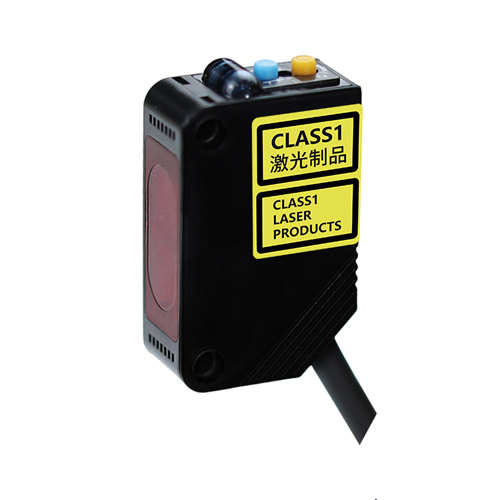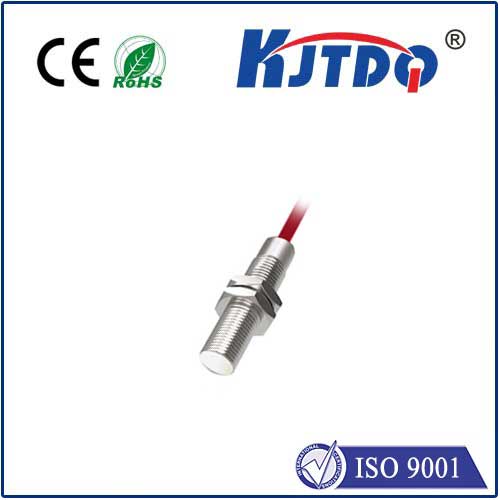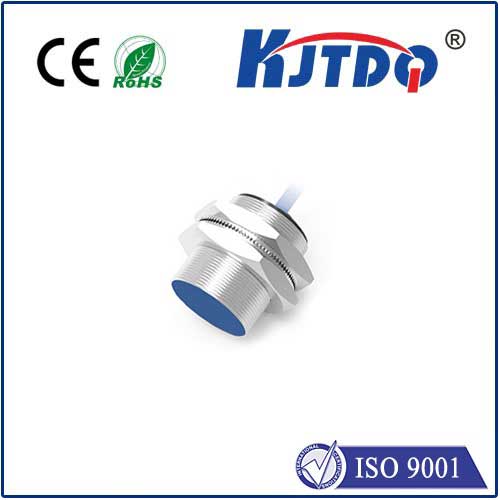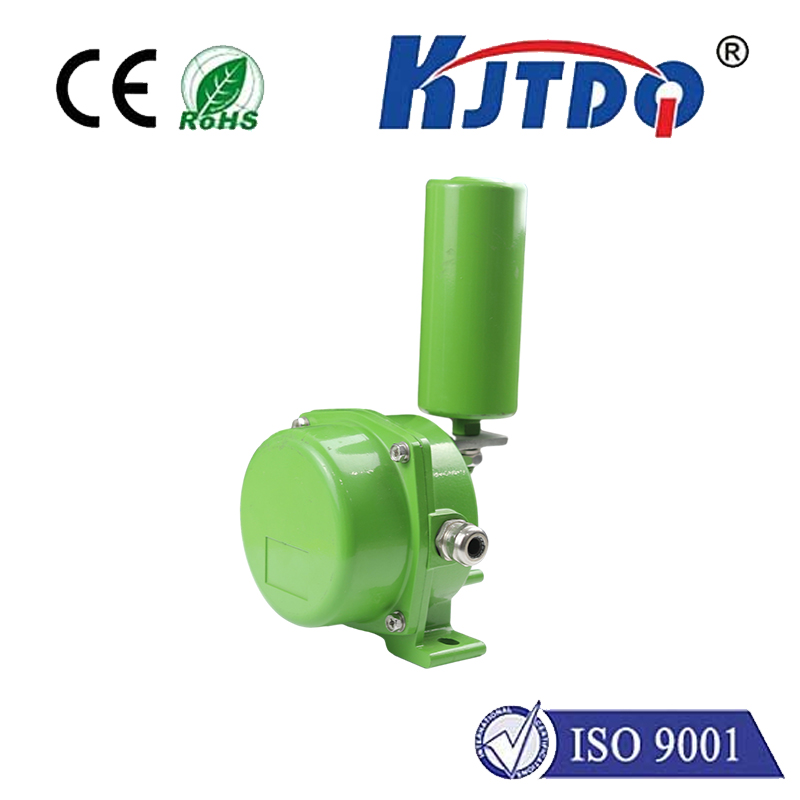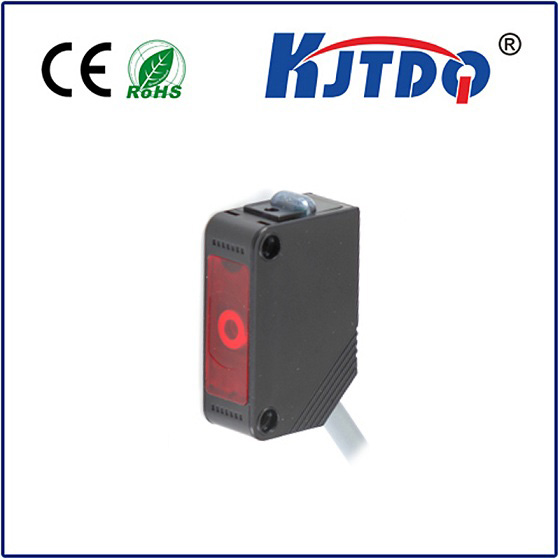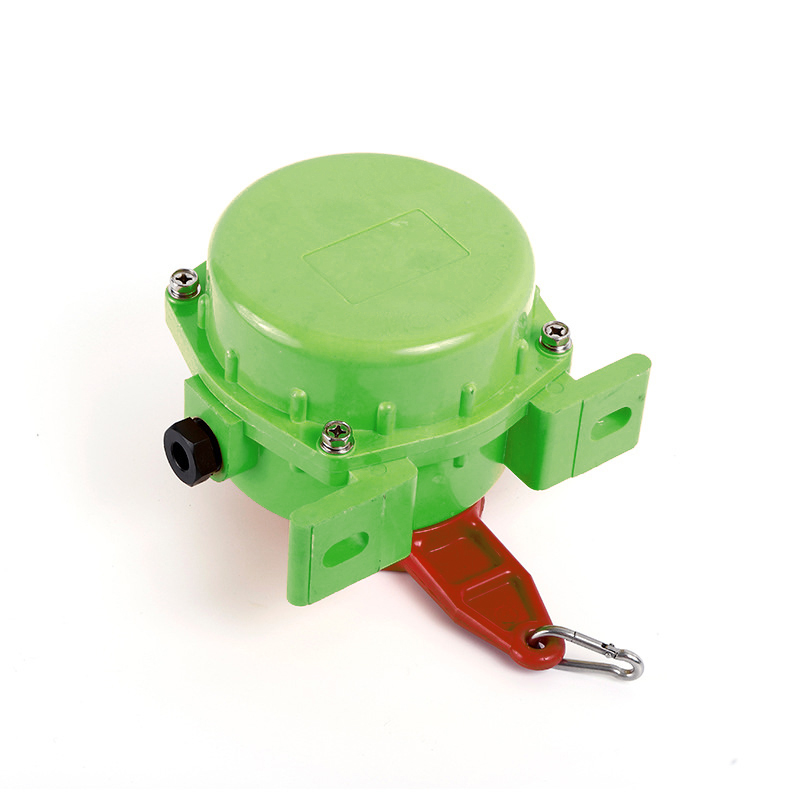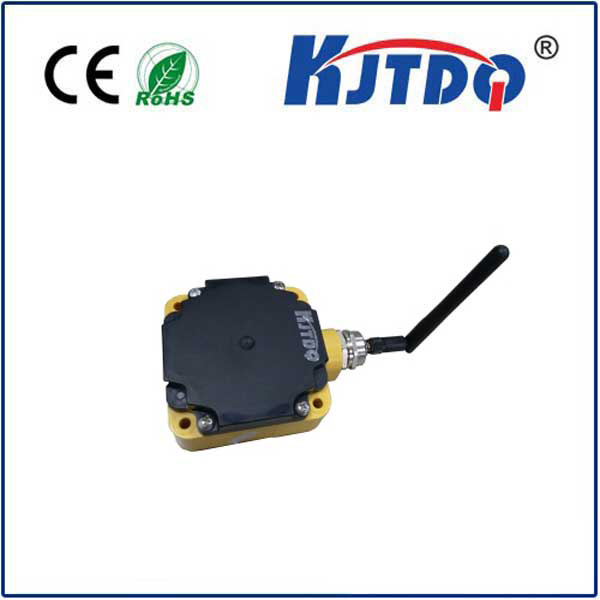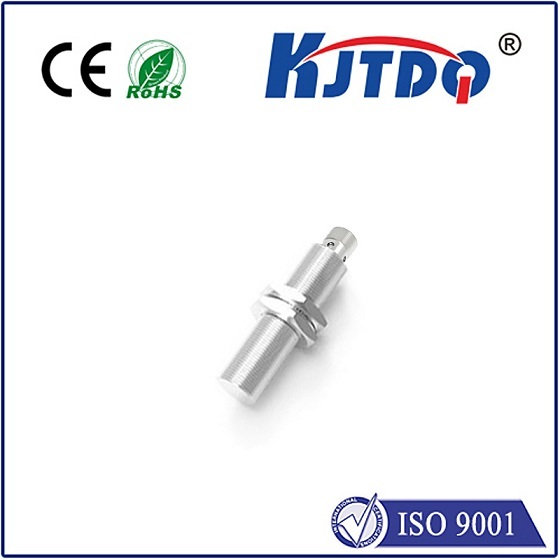5v limit switch
- time:2025-08-01 11:05:00
- Click:0
Unlocking Precision: The Essential Guide to 5V Limit Switches for Modern Control Systems
Title: The Low-Voltage Powerhouse: Demystifying the 5V Limit Switch
Ever pondered the unsung heroes ensuring your 3D printer stops perfectly at its edges? Or the precise mechanisms safeguarding delicate robotics arms? In a world increasingly driven by compact electronics and microcontrollers, the 5V limit switch emerges as a critical, low-power component enabling safe, accurate, and reliable position sensing. Far from the bulky, high-voltage industrial switches of the past, these compact devices speak the native language of modern digital brains. Forget complex translations; 5V limit switches integrate seamlessly, forming a vital link in the chain of intelligent automation, DIY electronics, and IoT applications, proving that precise control often starts with a simple, low-voltage signal.
Understanding the Core: What is a 5V Limit Switch?
At its most fundamental, a limit switch is a sensor. It detects the presence or absence of an object (its “actuator”) and converts that physical motion into an electrical signal that a control system can understand. Think of it as a digital sentry positioned at a physical boundary.
The 5V specification is crucial. It defines the operating voltage of the switch. Unlike industrial switches often running on 12V, 24V, or higher AC/DC voltages, a 5V limit switch is specifically designed to interface directly with logic circuits and microcontrollers (like Arduino, Raspberry Pi, ESP32, PICs, etc.) that commonly operate at 5V DC logic levels. This compatibility is paramount for seamless integration without requiring additional voltage translation circuitry.
How Do 5V Limit Switches Work?

The principle is elegantly simple:
- Mechanical Actuation: An external physical force (a moving part, a robot arm, a door, a sliding carriage) comes into contact with the switch’s actuator. This actuator can be a lever arm, a roller plunger, a push button, or even a whisker.
- Internal Switching: This physical movement triggers an internal mechanism (usually a set of spring-loaded electrical contacts).
- Electrical Signal Change: The internal contacts open or close, changing the state of the electrical circuit connected to the switch. In its simplest form:
- Normally Open (NO): Contacts are open when untouched; the actuator press closes the circuit, signaling the detected limit.
- Normally Closed (NC): Contacts are closed when untouched; the actuator press opens the circuit, signaling the detected limit.
- Logic-Level Output: This state change (open circuit = logic HIGH or LOW, closed circuit = the opposite, depending on circuit wiring) is output at a 5V logic level, directly readable by the microcontroller’s digital input pins. This provides a clear HIGH/LOW signal indicating whether the limit has been reached.
Where Do 5V Limit Switches Shine? Key Applications
The low-voltage operation and direct microcontroller compatibility make 5V limit switches indispensable in numerous fields:
- Hobbyist Electronics & Prototyping (Arduino, Raspberry Pi): Essential for position control in CNC routers, 3D printers (homing, end-stop detection), robot navigation (bump sensors), interactive projects, and model railways. Their simplicity and direct interface make them the go-to choice for makers.
- Small-Scale Automation & Robotics: Used for precise end-of-travel detection in robotic arms, grippers, linear actuators, and conveyor belt stops within systems powered by embedded controllers.
- Consumer Electronics & Appliances: Employed in devices like printers (paper tray limits), scanners (carriage homing), vending machines (door/safety interlocks), and smart home mechanisms for detecting open/closed states.
- IoT Devices & Sensor Networks: Provide low-power, reliable position feedback signals directly to IoT microcontrollers for monitoring gates, hatches, or movable components over networks.
- Safety Interlocks: Serve as inexpensive, effective safety devices to immediately halt machinery if a guard door is opened or an unsafe position is reached, sending a clear 5V signal to cut power or trigger an alarm.
Advantages of Choosing a 5V Limit Switch
- Seamless Microcontroller Integration: Directly interfaces with 5V logic inputs, eliminating the need for level shifters or complex interfacing circuits. This simplifies design and reduces component count.
- Low Power Consumption: Operates efficiently at 5V, making them ideal for battery-powered devices or energy-sensitive applications common in portable sensors and IoT deployments.
- Simplicity & Reliability: Mechanical switches offer a robust and straightforward solution for position detection. While they have moving parts subject to wear, their basic principle is highly reliable for millions of cycles in appropriate applications.
- Cost-Effectiveness: Generally inexpensive compared to more complex non-contact sensors like optical encoders or proximity sensors, making them perfect for budget-conscious projects or applications needing multiple sensors.
- Clear Signal Output: Provides a definitive HIGH/LOW digital signal, easy for even basic microcontrollers to interpret instantly.
Critical Considerations When Selecting a 5V Limit Switch
Choosing the right switch involves more than just the voltage:
- Contact Rating (Current): While the voltage is 5V, you must check the maximum current (Amps) the switch contacts can handle. Exceeding this rating risks damaging the contacts over time. Typical 5V switches have relatively low current ratings (e.g., 100mA to 1A DC), suitable for signaling, not powering loads. Always ensure your circuit’s current draw is below the switch’s rating.
- Actuator Type: Choose based on how the target object will actuate it:
- Lever Arm: Good for detecting objects moving perpendicularly. Arm length affects sensitivity.
- Roller Lever: Ideal for applications where the actuating object slides against the switch, reducing friction.
- Plunger: Requires direct, usually perpendicular, force. Good for precise point detection.
- Wobble Stick/Whisker: Detects objects over a wider arc, good for bump sensing.
- Push Button: Requires direct pressing force.
- Electrical Configuration: Normally Open (NO) vs. Normally Closed (NC). NC contacts often provide a fail-safe feature – a broken wire or disconnected switch mimics the “limit reached” state. NO contacts are simpler for detecting a presence.
- Physical Size & Mounting: Ensure the switch fits the space constraints and that its mounting holes or method are compatible with your design.
- Environmental Factors: Consider exposure to dust, moisture, chemicals, or extreme temperatures. Sealed or IP-rated switches may be necessary for harsh environments.
- Durability (Operational Life): Mechanical switches wear out. Check the manufacturer’s rating for mechanical life (number of actuations) to ensure it meets your application’s demands.
Beyond Mechanical: Optical and Hall Effect Options
While mechanical switches dominate the 5V limit switch category, be aware of alternatives often operating at 5V:
- Optical Limit Switches: Use an infrared LED and phototransistor/photodiode. The actuator breaks or reflects the beam. Completely contactless, offering high speed, long life (no moving parts), and immunity to contact bounce. May be susceptible to certain lighting conditions or dust.
- Hall Effect Switches: Detect the presence of a magnetic field. The actuator carries a magnet. Contactless and wear-free, excellent in dirty environments. Requires a magnetic actuator.
Both these types typically output a 5V compatible digital signal and are broadly considered “limit switches” in function, providing non-contact sensing solutions where mechanical wear is a concern.
Integrating a 5V Limit Switch: The Basic Circuit
The typical connection is wonderfully simple:
1.






